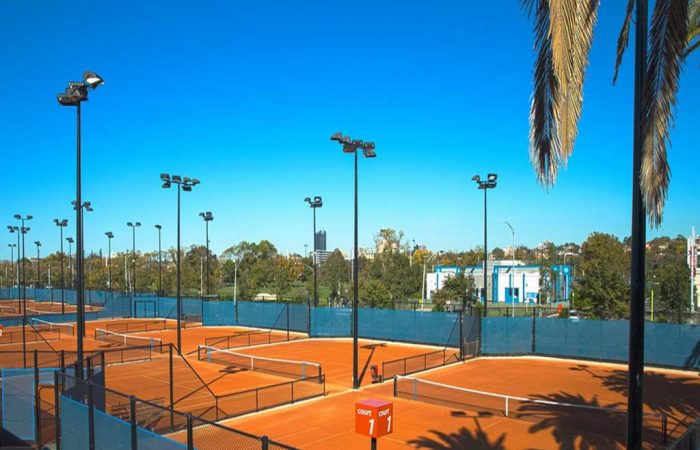Surface notes: Clay courts as classrooms
The introduction of more clay courts in Australia ensures players can take advantage of a surface widely regarded for its development benefits.
13 October 2020 | Vivienne Christie

While tennis is traditionally played on hard courts and grass throughout Australia, clay is increasingly emerging as a surface of choice for many coaches and players.
According to former Australian pro Scott Draper – who is now Head of Performance, Coach Development at Tennis Australia – clay courts have many benefits.
“Clay courts provide endless development lessons,” Draper explained.
“(They include) point construction, variety, movement, physicality, generating your own power, having to make more balls on a surface that is easier on your body.”
It’s a sentiment echoed by Chris Kachel, who as Manager, Development Environment at Tennis Australia – and for a 12-year period, Head Coach at the Australian Institute of Sport – has spent years researching the benefits of players developing their games on clay.
“From a junior development point of view, it’s the volume that you can get on a clay court compared to another court,” said Kachel, who explains how research supports clay as the most user-friendly surface for younger players.
“You know you can do a high volume (of training) without breaking down.”
> READ: The court is calling – lessons for clay
Kachel is among many members of the Australian tennis community who has welcomed the introduction of clay courts into most major training venues throughout the nation over the past decade.
The National Tennis Centre at Melbourne Park boasts six clay courts, with multiple Tier 1 clay courts also a feature at other academies and in some private tennis clubs and centres.
It means coaches can hope to develop players into far more rounded competitors with a greater capacity to match their counterparts from Europe – where clay is likely to be the surface on which aspiring professionals are raised.
“From a coaching perspective, a clay court will do a lot of the coaching for you. Because it is that little bit slower, the athlete has to think a little bit more in point construction. How they set the point up, because it is a little bit slower there is a little bit more strategy involved,” said Kachel.
“And because rallies are just a tad longer now than what they used to be, you’ve got your point construction, your concentration component, then you’ve got the physical side of things – they all come into play. More so on a clay court than potentially another surface.”
> READ: Lessons from the pros – shifting surfaces
With the Australian tennis landscape traditionally dominated by grass and hard courts, there are admittedly obstacles for clay being widely adopted at club level.
These include installation costs and the demands of ongoing maintenance – which can be particularly challenging in Australia’s often extreme climates.
Tennis Australia’s National Court Rebate has supported the installation of clay in some clubs, with maintenance funding also available to successful applicants.
Notable clay-court venues throughout Australia include Mornington Peninsula Tennis Club in Victoria, Dalkeith Tennis Club in Western Australia and KDV Sport on Queensland’s Gold Coast.
Players who can’t access clay courts can benefit from training on other porous surfaces too.
“It’s much more user-friendly, anything that’s porous,” said Kachel.
“In Melbourne, En Tout Cas is a very popular surface and outside of that, there’s antbed and loam especially in regional areas.
“Any surface that you can slide on, that produces a higher-bouncing ball and is a little bit slower is of value.”